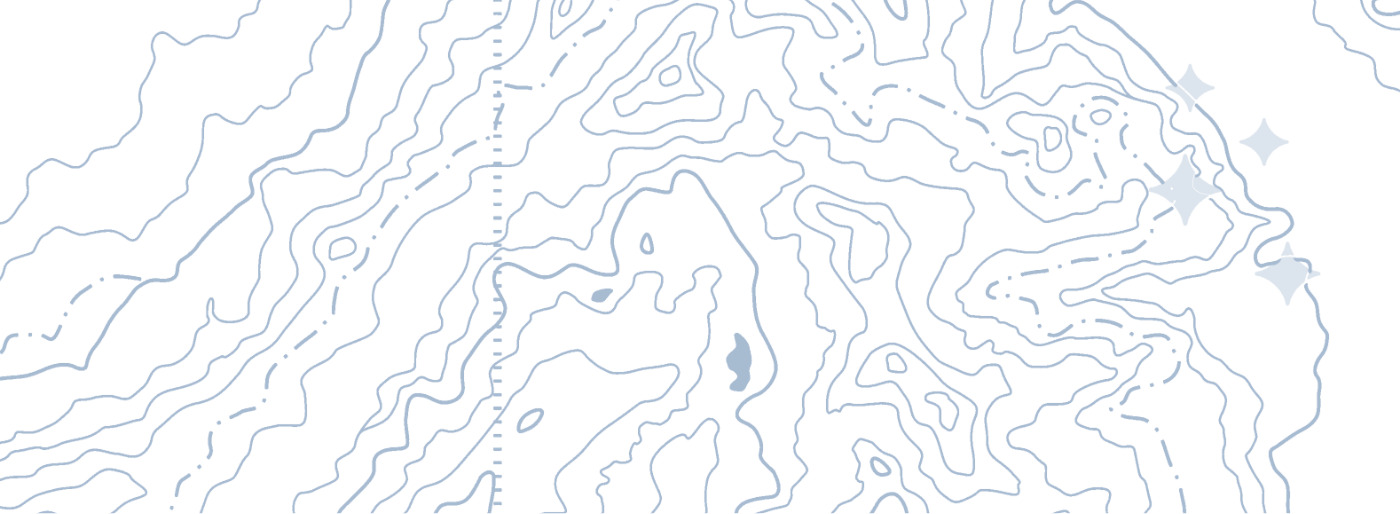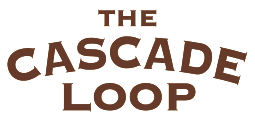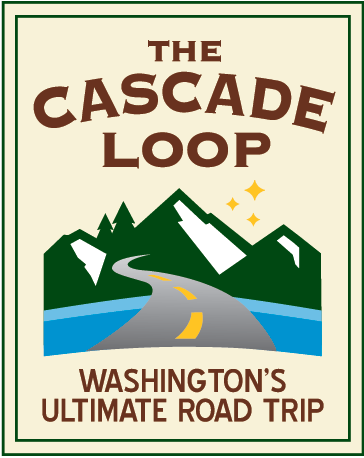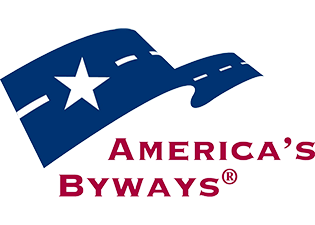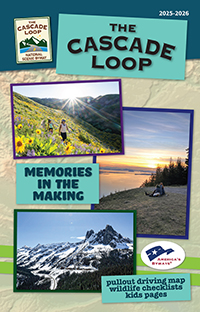Wildlife Viewing On The Cascade Loop
Lots of animals live in the natural areas surrounding the Cascade Loop. What you see during your trip will depend on the season, time of day, weather, and how far from the roadway you explore. Animal behavior varies. Watch for signs of wildlife: tracks, scat, signs of feeding, burrowing and in some cases, rubbings on trees.
Enjoy looking for and photographing wildlife but be alert and safe! Do your research before heading out. Keep a safe distance from all wildlife, do not attempt selfies with critters, and do not offer them your food.
A few animals/mammals tend to generate the most questions and interest among Cascade Loop travelers. Take a peak at the links below for some additional info:
- Black Bears
- Bighorn Sheep
- Mountain Goats
- Whales
- Bald Eagles
- Deer Sightings
- Great Horned Owl
- Salmon viewing locations
- Great Blue Heron
- California Quail
Sources: Wildlife of the Pacific Northwest-David Moskowitz, National Wildlife Federation, Methow Subbasin Wildlife Assessment and Inventory-Northwest Council, 2004, Washington Department of Fish and Wildlife
Download Wildlife Checklist
CLICK HERE for a downloadable Wildlife Checklist
Seattle NorthCountry
Stevens Pass Greenway
Leavenworth/Cascade Foothills
Wenatchee/Columbia River Valley
Lake Chelan Valley
Methow Valley
North Cascades
Skagit River Valley
Whidbey Scenic Isle Way



